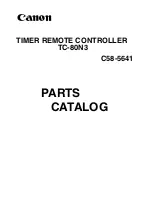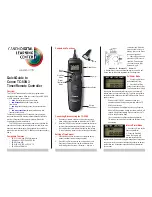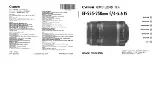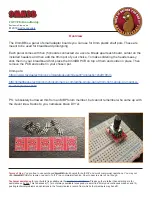
Byte 0, status
Parameter
Bits 6 ... 0
Operating status of the inclination sensor:
127 = Pre-Operational
5 = Operational
4 = Stopped
0 = Boot Up
NOTE
Heartbeat has a significant influence on the bus load of the CANopen network but only
generates half the bus load of node guarding.
9.5
Service data objects (SDO)
Service data objects (SDO) form the communication channel through which device
parameters are transmitted. They are used for status queries.
SDOs can be used to transmit data of any length. The data might have to be split into
several CAN messages. An SDO is always transmitted with confirmation, i.e. the receipt
of every message is acknowledged by the receiver.
Transmit SDO and Receive SDO
The inclination sensor has a Transmit SDO channel and a Receive SDO channel, to
which two CAN identifiers are assigned.
SDO communication corresponds to the client-server model. The inclination sensor
functions as an SDO server.
In its request, the SDO client (e.g., the PLC) specifies the parameter, the access method
(read/write), and the value, if applicable. The inclination sensor executes read or write
access and responds to the request.
The maximum data length of a CAN telegram of 8 bytes is assigned by an SDO as fol‐
lows:
Table 31: Format of the SDO telegram
COB-ID
CCD
Index
Subinde
x
Data
600h +
node ID
Byte 0
Byte 1
Byte 2
Byte 3
Byte 4
Byte 5
Byte 6
Byte 7
The command code (CCD) identifies whether read or write access is required. In the
event of an error, the data range will contain a 4-byte error code which provides infor‐
mation about the cause of the error.
9
CANOPEN INTERFACE
28
OPERATING INSTRUCTIONS
| TMS/TMM88, TMS/TMM61
8019054/14IT/2019-06-27
| SICK
Subject to change without notice
















































